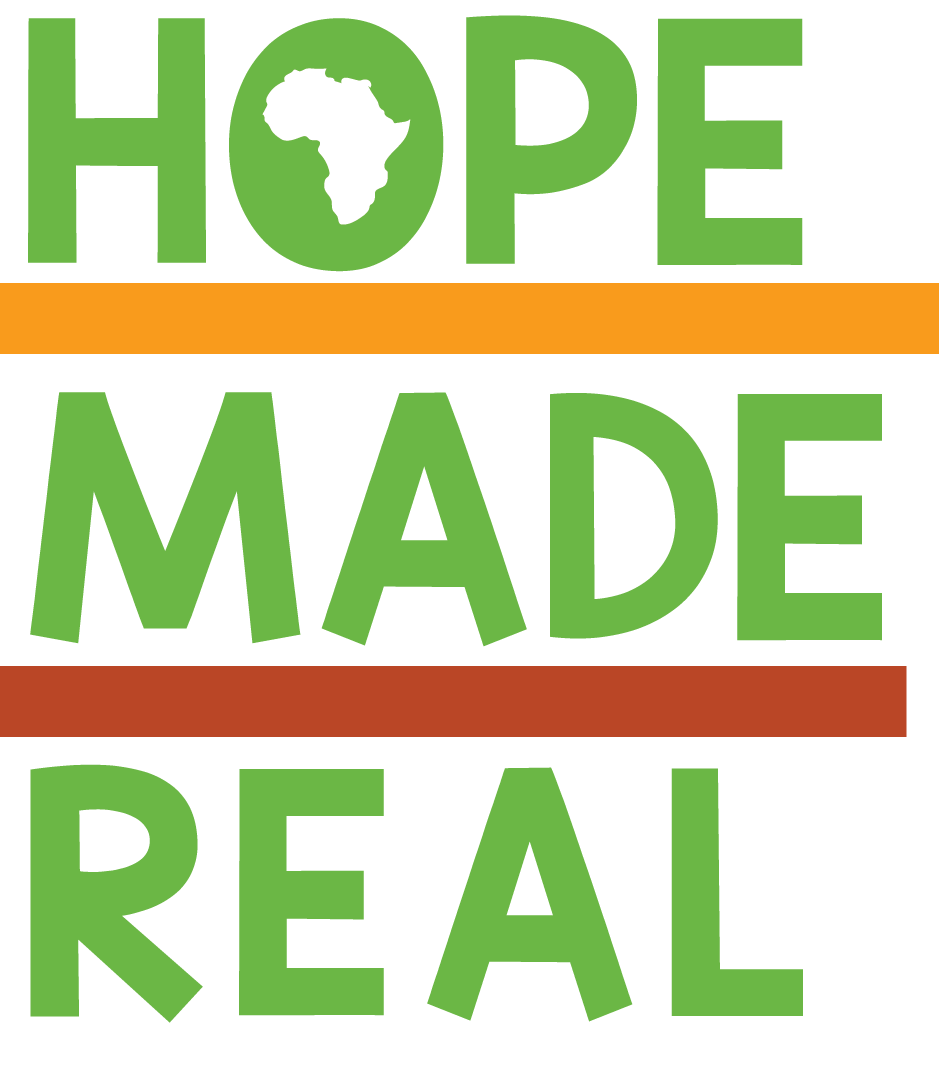Old MacDonald had a farm and so does Mama Arlene.
I remember singing this song as a child and teaching it to my children and grandchildren. Here in Urukundo, our children also sing this song and in English.
We don't have all the animals in the song here on our farm.
We do have chickens.
Our egg layers are beautiful and productive. We do not have a cock-a-doodle-do.
Layers are a source of income. As the demand for eggs goes up, so will the number of layers. Seriously, no rooster. We buy our layers as day-old chicks.
Broilers are also bought as day-old chicks. How fast they grow after only one month! They are sold after three months.
Pigs and piglets
Our mamas produce large litters.
The story of biogas:
Our pigs are a necessary part of our farm. We do not butcher pigs but sell the babies to private parties.
Now here is the cycle our pigs make possible. Our kitchen has many scraps as does the dining room. These scraps are fed to the pigs. Pigs provide manure for our biogas. Biogas is used in cooking the vegetables in the kitchen.The kitchen provides food for the pigs.
Hey, it cannot get better than that. A perfect round robin.
Cows. The one outside the shed is me. Oh, yah.
Love the little black and white calves (baby cows).
We have four cowboys and one intern: Pierre, Jean, intern Abais, Everist and Jovith.
We are honored that other schools choose the Urukundo farm to send their students as interns for further training.
Our boys who work the farm are actually called cowboys. No, they do not ride a horse, wear a 10-gallon hat, sing or play guitar. They also do not ride off into the sunset. That was only in movies from long ago. That was Gene Autry, Roy Rogers, Tex Ritter & Tom Mix. Showing my age.
Our mountainside farm.
Pigs at top, cows in middle, chickens on bottom.
Built one level at a time. Seems like the pigs should be on the bottom, not the top.
Drainage is well contained and not a problem as it is collected and used in biogas production.
A short history of the farm
Our farm started as a place purchased to move 40 chickens from the boys’ compound in
Gitarama town. When we rented a compound to start a home for boys, 40 chickens went with the property. Chicken dirt and little boys were not a good mix. We decided to move the chickens out into the country, so we bought a piece of land for that purpose. Not to move the boys, just the chickens. Later we moved the boys and all of Urukundo to this land. The cow first came as a wedding gift from one of our employees, so we needed a cow shed. A visitor from Ringgold, Pennsylvania, USA, decided we should have pigs. So like Topsy in “Uncle Tom’s Cabin” (age again) the farm just grew.
It is now a productive part of Urukundo Village.
News from the Farm
Bringing you up-to-date, farmwise.
At our last monitor and evaluation meeting, it was decided to reduce the number of cows from nine to three, not counting calves.
Owning cows means wealth in Rwanda, but providing grass and food for them is a big problem. We have tried different types of grasses and maize (corn) fodder. When you use the milk only for home use and not to sell, two fresh cows are enough. We do sell the calves, but that does not add up to enough income to support the cows.
What to do?
After much deliberation, it was decided to keep three cows, one for milk and two to produce babies. OK, maybe I am not so knowledgeable, but as I see it, one cow would be giving milk, another would be nearly ready to deliver and the third one would meet with a bull.
Make sense???
Where does the farm make its money? The chicken part of the farm is our main source of revenue. It was decided to convert all but three stalls for the cows into chicken houses.
With more than 100 laying hens, we use the eggs at the home and sell eggs in the community. We also sell young layers to beginning farmers. Chicken manure is also sold as garden fertilizer to community growers.
The largest number of chickens are broilers. These are raised on a rotating basis. We try to bring in day-old chicks every month as we sell full-grown broilers each month. Our customers are hotels, restaurants, schools, other NGOs and our village. On any given day, we have more than 3,000 broilers.
We are trying to get more customers, but we need to have more space for more chickens. We have an old building on the farm that can be torn down and a storage barn could be built.
The building has a bad roof and holes where small animals invade and birds fly in and eat the grain. It is also not a good size for storing food for the animals.
I thank you for the generous gifts you have sent so that we can continue to improve our farm and vaccinate our animals, pay our cowboys and buy food for the animals. We cannot grow enough food for the animals as land is scarce and the growing season short.
With more space we can up the production of broilers and purchase many more day-old chicks.
Our goal is for the farm to be self-sufficient someday or at least break even.
Donations for the advancement of the farm are so needed and appreciated.









